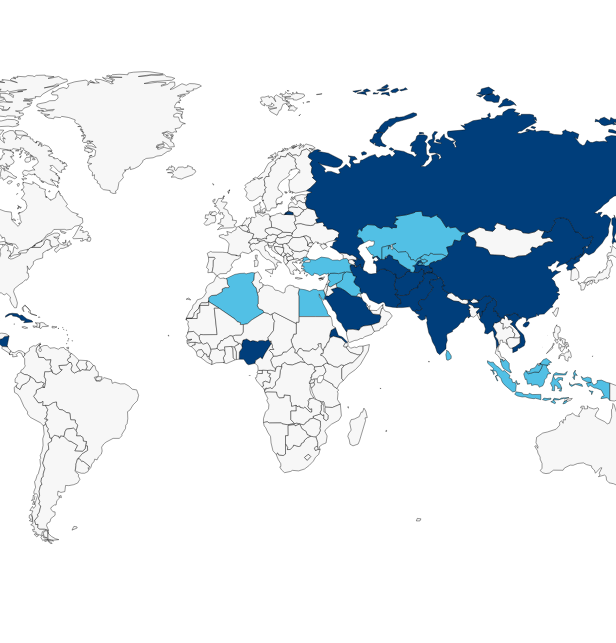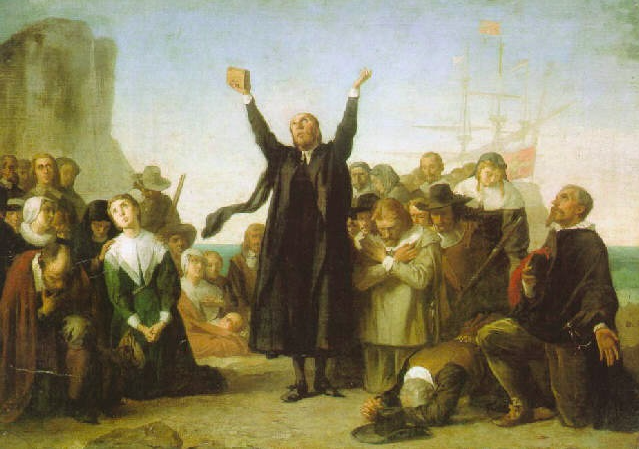This article was originally published as part of a report in CQ Researcher titled, “Church and State: Is Jefferson’s Wall of Separation Eroding?“
The First Amendment begins by saying: “Congress shall make no law respecting an establishment of religion, or prohibiting the free exercise thereof …” Thomas Jefferson, in his letter to the Danbury Baptists, interpreted these words as “building a wall of separation between Church and State.”
Last year, Notre Dame law professor Richard W. Garnett remarked on the “important truth” at the core of Jefferson’s often-quoted phrase: “America’s Constitution, laws, traditions, and practices distinguish between — that is, they separate — ‘church’ and ‘state’ precisely in order to protect religious freedom.”
The recent Supreme Court cases Carson v. Makin and Kennedy v. Bremerton School District are especially relevant to questions about the status of the “separation of church and state” today.
Carson concerned a Maine tuition assistance program for families residing in school districts that do not have their own secondary schools. The program allowed eligible families to choose from a variety of public or private school options, with one exception: they could not choose a religious (or “sectarian”) school. Six justices found that this program violated the Constitution’s protection of the free exercise of religion.
Kennedy involved high school football coach Joseph Kennedy, who was punished in 2015 by the Bremerton School District in Washington state for saying a short, silent prayer at the 50-yard line after games. The record indicated that he did not pressure players to join him in these prayers. The majority in this case concluded:
[A] government entity sought to punish an individual for engaging in a brief, quiet, personal religious observance doubly protected by the Free Exercise and Free Speech Clauses of the First Amendment … on a mistaken view that it had a duty to ferret out and suppress religious observances even as it allows comparable secular speech. The Constitution neither mandates nor tolerates that kind of discrimination.
In both cases, the court found that a government entity had engaged in a form of discrimination against a religious actor that clearly ran afoul of the constitutionally protected free exercise of religion.
The bottom line is that federal, state and local governments may not impose special burdens on religious individuals or institutions for being religious. According to Garnett, the First Amendment “differentiates between church and state … to protect religious freedom, not to license antireligious discrimination.”
The charge that these recent decisions have undermined the “separation of church and state” is convincing only if the principle itself is incompatible with the First Amendment.
Nathan A. Berkeley, RFI Communications Director and Research Coordinator
THE RFI BLOG

Myths of Religious Nationalism in America and Abroad

France’s Olympic Hijab Ban Violates International Law And Exacerbates Tensions

RFI Briefs USCIRF on Lessons from 25 Years of U.S. Designating Religious Freedom Violators

Thought Police: Protecting the People from Prayer

A Religious “Delaware”: Establishing a State Haven for Religious Corporations
CORNERSTONE FORUM

Challenges to Religious Freedom in Iraq and the Critical Need for Action

Public Bioethics & the Failure of Expressive Individualism

Religious Liberty in American Higher Education

Scotland’s Kate Forbes and the March of Secularism

